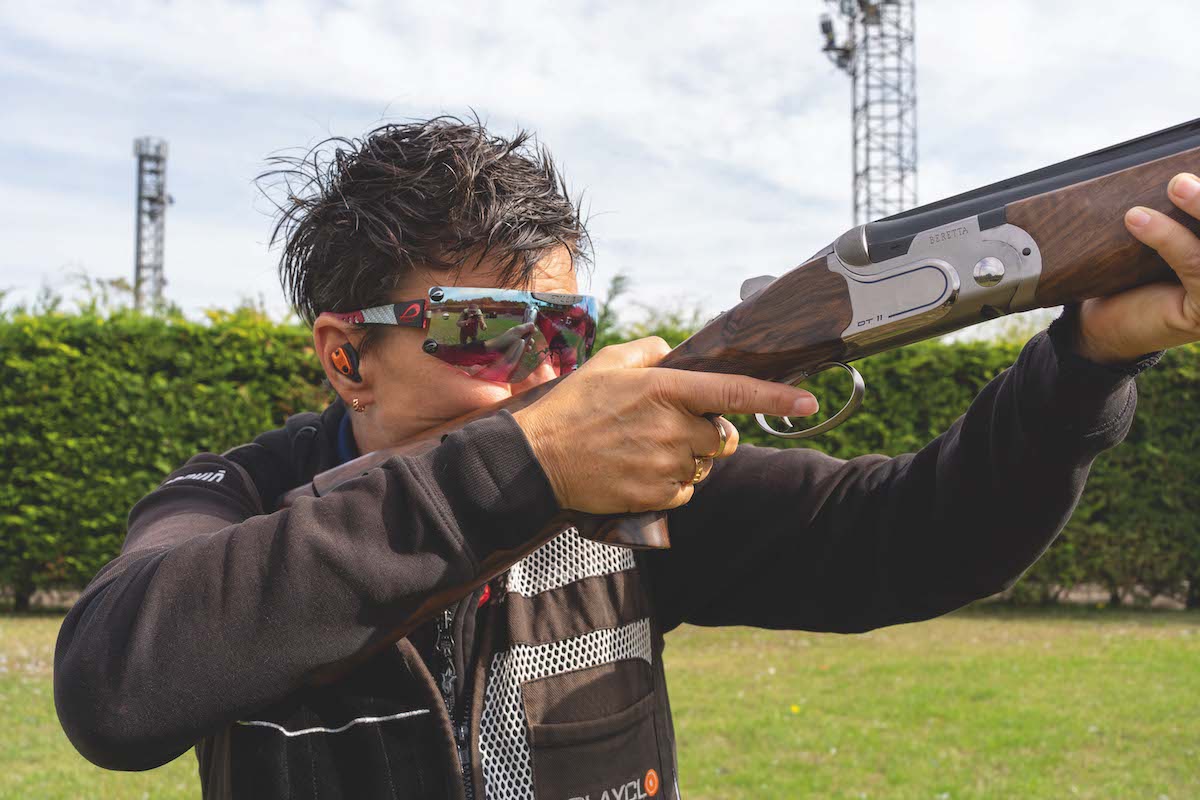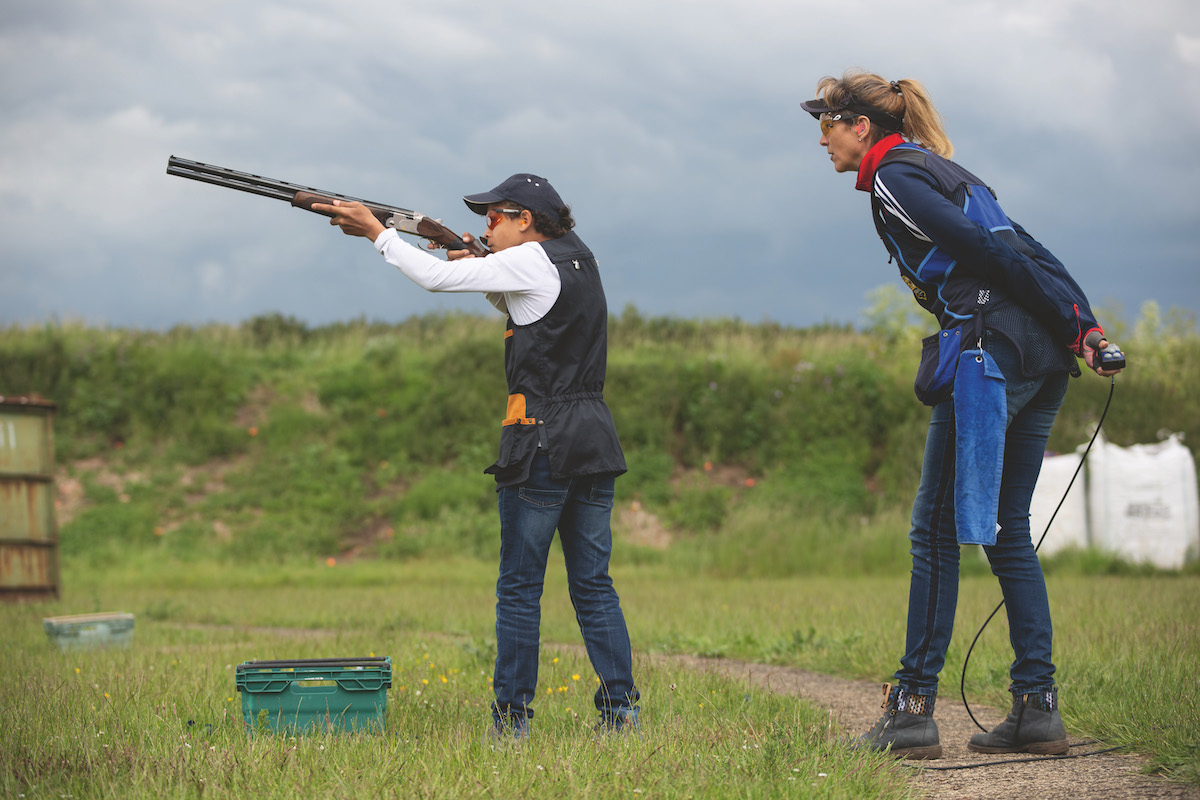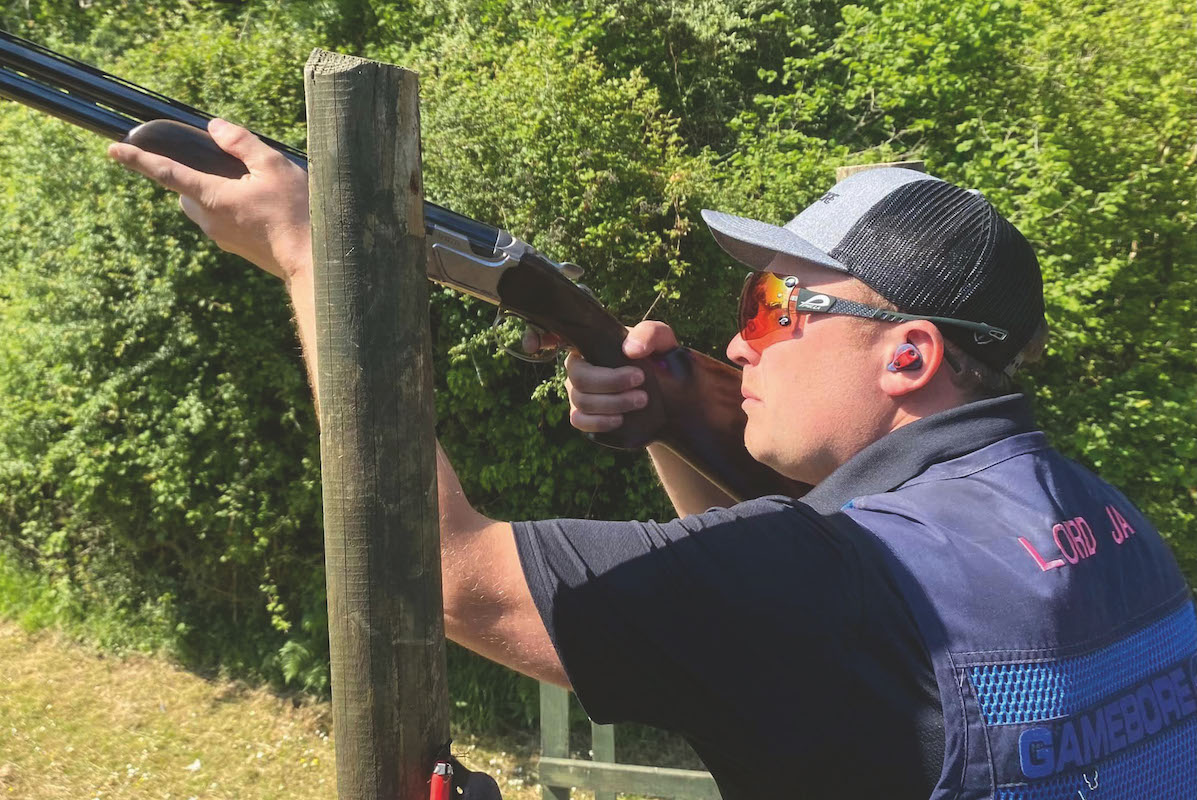Clay gun barrels: your essential guide
Vic Harker reveals the history and importance of clay gun barrels
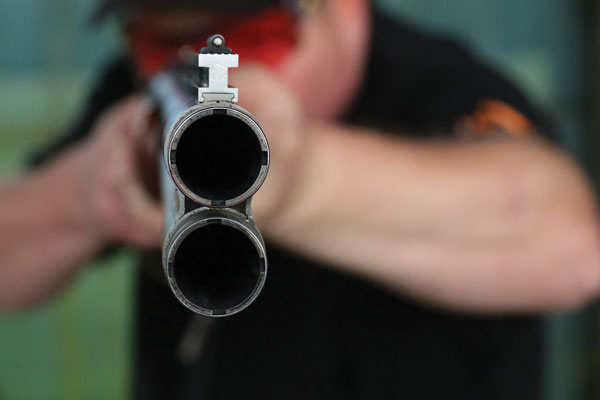
Don’t underestimate how much work your barrels do as shot travels down them
From the very beginnings of gunmaking, the clay gun barrels have been the principal component. At the breech, they had to contain the propellant (powder) together with the wadding to seal the charge from the projectile or projectiles of any form that were rammed down the barrel from the muzzle ends.
Then by flintlock or percussion cap, a spark or flame ignited the powder charge to blast the projectiles to their target. The shotgun and the rifle were only two of many kinds of firearm that shared this relatively simple technology of which the clay gun barrels are an integral part.
Modern clay gun barrels
The modern clay gun barrel is, of course, much more than a simple tube. Rather, it comprises chambers, forcing cones and chokes made to harness the shot charge on the journey down the barrel.
The modern shotgun barrel can do all these things and in addition, properly specified with a suitable stock, it can provide the shooter with the potential for shot-after-shot accuracy. (Read shotgun barrel length – what would work best for you?)

The long and short of it: Which configuration is right for you?
Clay gun barrels: Length
The earliest shotguns were single-barrelled and the black powder employed was, by modern standards, slow burning. This inevitably dictated very long barrels to contain the jet of flame issuing from the explosion of the powder charge.
These long, single-barrelled guns could be up to 36 inches in length and were said to provide the shooter with outstanding visual pointability. However, this was not of sufficient appeal to inhibit the sale of shorter, more manoeuvrable double-barrelled shotguns when they first appeared.
The reduction in barrel length of these side-by-side barrels also stimulated an interest in the centre rib that did more than just hold the barrels together.
London gunmaker Robert Churchill, famous for his 25-inch barrelled side-by-sides, invented his own. His quick sighting rib, as he called it, was relatively tall, narrow and solid with a matted sighting plain. Its inventor described its appearance to the shooter’s eye as a thin, dark line that makes the barrels look longer than they are.
It could have been suggested to Churchill that he should make longer barrels but he was enthralled, or at least seemed to be, with his concept of ultra-short ones.
Certainly, they were a departure from the 30-inch and 28-inch barrelled game guns made around the same time, but as to the superiority of their fast handling characteristics, in the 21st century the debate as to the merits of differing barrel lengths as they pertain to the modern clay target gun still goes on.
The long guns are winning. Even for Skeet shooting, 30-inch barrels are now not out of place and anything shorter than 28 inches is for Olympic Skeet only. (Read more on Skeet guns here.)
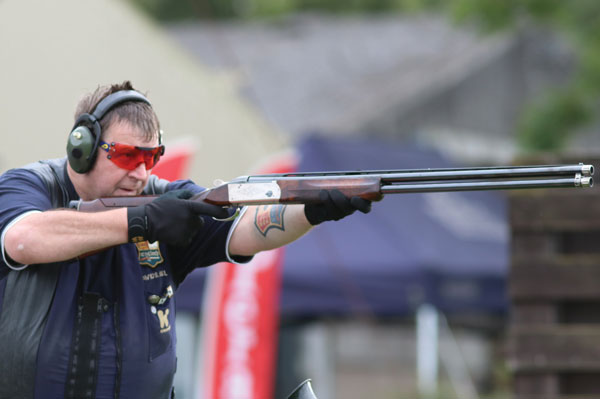
Trap disciplines often dictate the longest barrel lengths of all
Clay gun barrels: Trap versus Sporting
The barrels of Trap guns have traditionally been longer than for those of other guns. At least in part, this is because the shooter takes targets at greater range. A long sighting plane is therefore more suitable for achieving accurate visual acquisition of the target but there are other reasons.
In Trap shooting, gun movement is relatively brief and so a little extra forward weight provides an added momentum to the shooter’s swing, desirable for targets being taken between 35 and 40 yards. (Read more on Trap guns and Trap shooting.)
The Trap shooter, who habitually does all his shooting with a pre-mounted gun, inevitably adopts a different posture to, for example, the Sporting shot, who, with a relaxed but upright posture and beginning with the butt stock just above his hip, brings the gun to his shoulder in one coordinated movement. The Trap shooter’s gun mount is altogether slower and more premeditated.

Interchangeable choke tubes, once unfashionable, are now ubiquitous
Starting from the feet, which are so placed as to allow unrestricted lateral movement right and left, his shoulder is raised and shifted a fraction forward and the stock is then placed in the shoulder.
The head already inclined forward, the face is located firmly on the stock. With a significant variation in physical characteristics between shooters, technique will vary but exaggerated movements that involve tension in any part of the body are to be avoided.
All this to achieve a technique and posture that provides timely but controlled movement, which is primarily dictated by how well the shooter sees the target. The best way to achieve this is with eyes as central as possible and the head not too inclined forward. In this, the barrel’s rib can play an important part.
Inevitably, a flat rib will require the head to be inclined further forward and so modern thinking suggests a more upright posture provides better use of the shooter’s eyesight, hence the high rib.
This must be complemented with a stock with more drop at heel, at best usually in the form of the Monte Carlo configuration, to accommodate the greater distance between the shoulder and the eyeline.

Barrels don’t exist in isolation. They must work well with your stock configuration
Clay gun barrels: Pick your choke
A gun with choke constrictions that best relate to the target at a given range is of obvious benefit. For this reason, the Sporting shot in particular has embraced the interchangeable choke tube. On a Sporting course, the most suitable pattern for every target is an asset that you would be foolish to discount.(Read more on chokes for clays.)
Though this facility has been available for decades, its popularity is still growing. The older generation of shooters who lived most of their lives without its advantages rejected them for both appearance and the muzzle heaviness they could create. The younger generation has no such qualms on the basis that if they work to their benefit then they will use them.
In a sport that is growing ever more competitive, no aid to success can be discounted and the shotgun barrel in the world of clay target shooting will undoubtedly continue to evolve.

